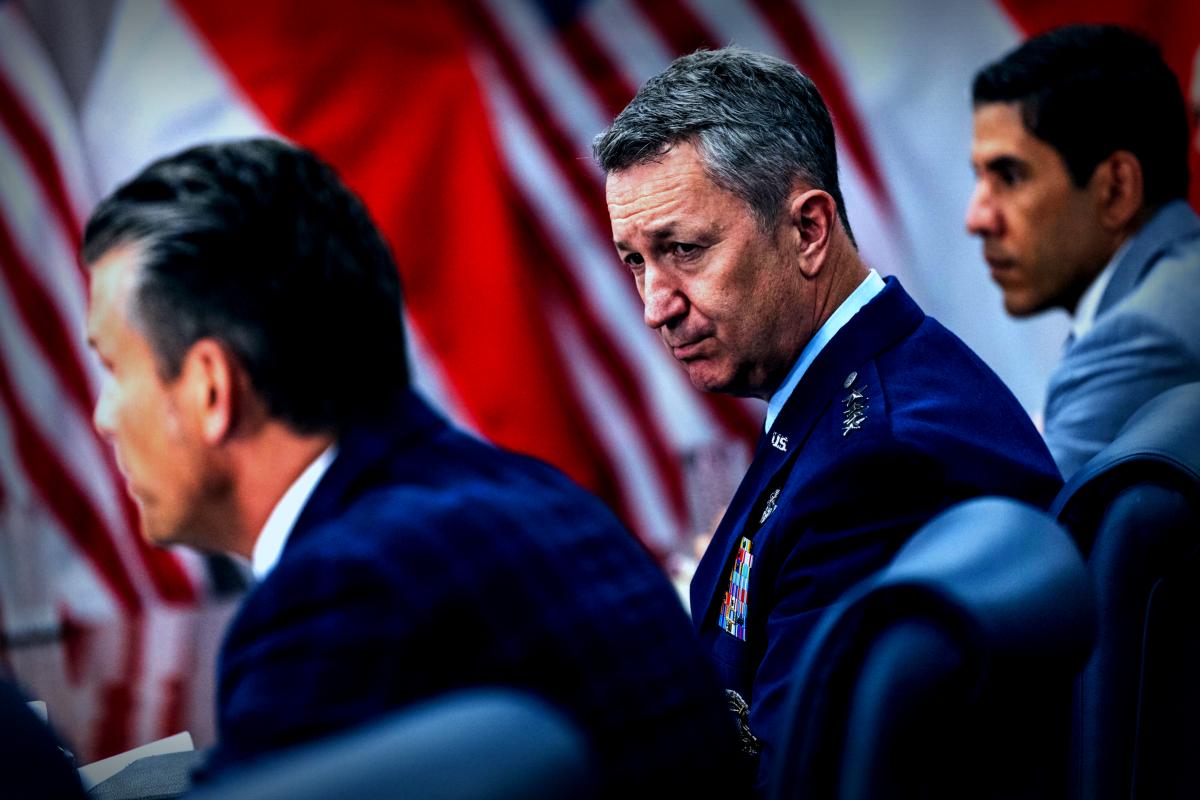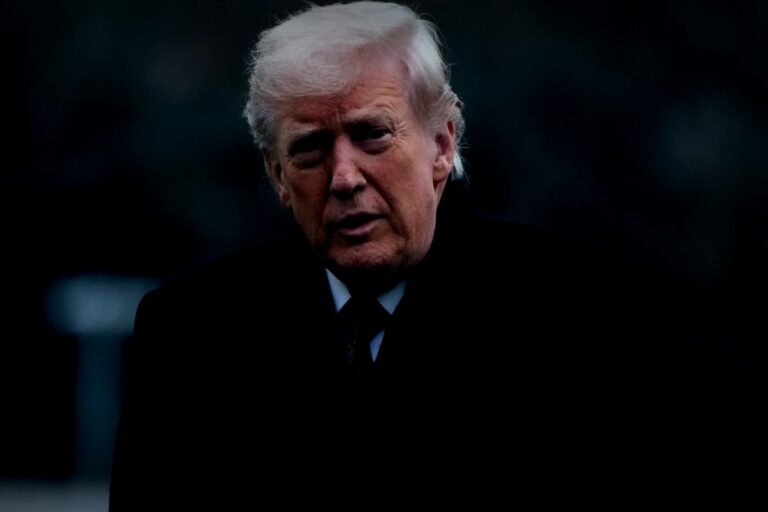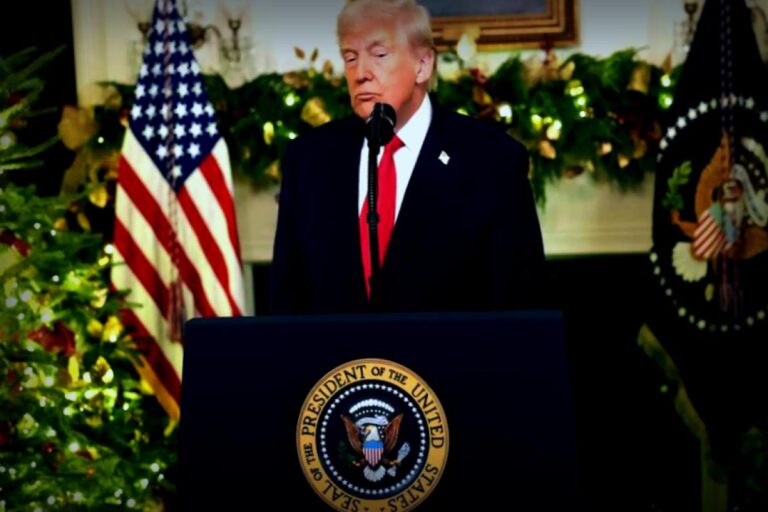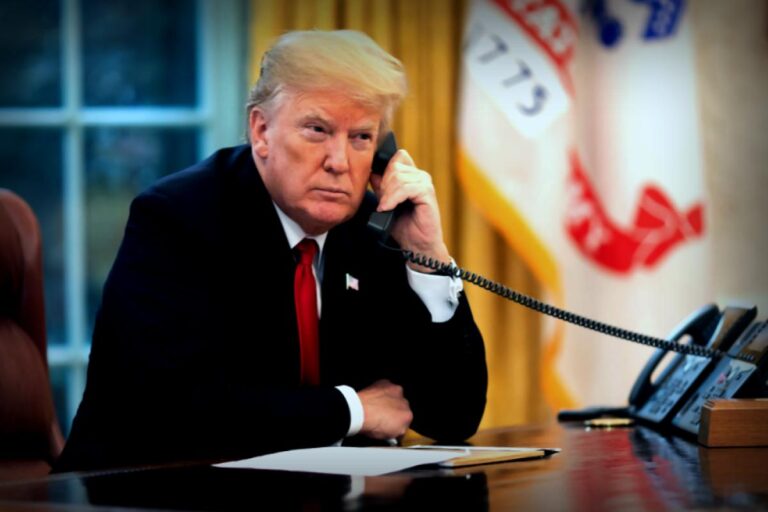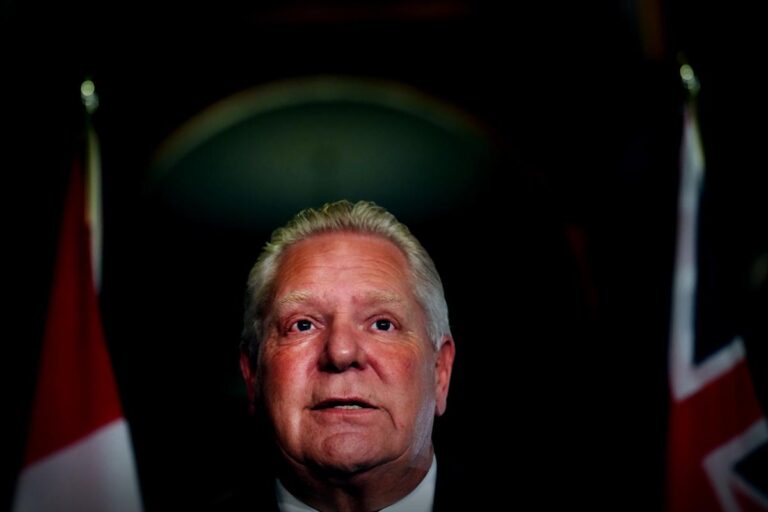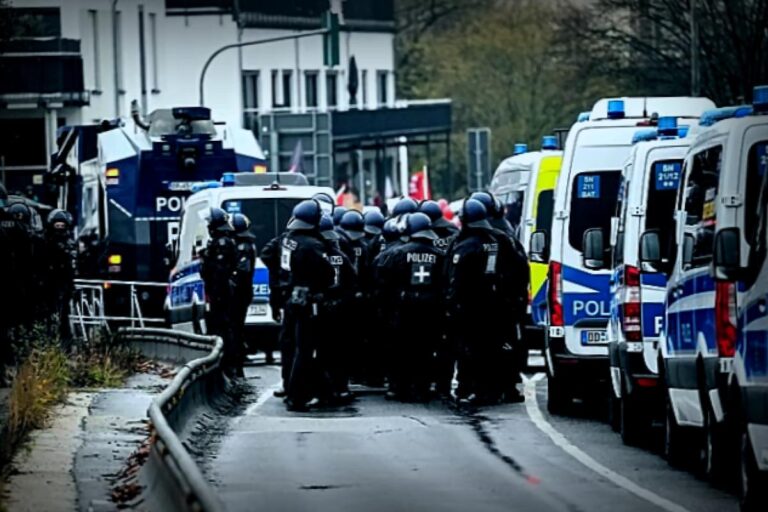Military brass are sounding the alarm over the Trump administration’s impending defense strategy. This has revealed significant divides between the political leaders at the Pentagon and those wearing uniforms. According to eight officials, Defense Secretary Pete Hegseth is holding an uncommon summit in Virginia to address these issues this Tuesday.
Criticism is coming from various high-ranking officers, including Gen. Dan Caine, Chairman of the Joint Chiefs of Staff. Widespread changes in military priorities are on the table, with Hegseth looking to focus on threats to U.S. soil, while easing America’s stance toward Europe and Africa, and viewing China as less of a competitor.
President Donald Trump is set to attend this last-minute gathering with generals and admirals at the Marine Corps Base Quantico. Here, Hegseth is expected to speak about military standards and what he calls the “warrior ethos,” but uniformed leaders are anxious about potential mass firings or major reconfigurations of military command structures.
This debate surrounding the National Defense Strategy, which guides how the Pentagon allocates resources and positions U.S. forces worldwide, is the latest challenge for military leaders adapting to Trump’s unique approach to defense.
Sources familiar with the drafting process, who spoke on condition of anonymity due to its sensitive nature, mentioned a growing frustration over a strategy many see as shortsighted and possibly outdated, particularly given the often contradictory nature of the president’s foreign policy.
Pentagon spokesperson Sean Parnell did not provide details about the classified document or the concerns raised during its editing phase. He stated, “Secretary Hegseth has tasked with developing a National Defense Strategy that specifically aligns with President Trump’s commonsense America First, Peace Through Strength agenda. This process is still in motion.”
The drafting of this strategy has been primarily handled by political appointees in the Pentagon’s policy office, including individuals previously critical of long-standing U.S. commitments to Europe and the Middle East. The strategy is nearing its final edits.
The draft has circulated among military leaders from global commands up to the Joint Chiefs of Staff, with some expressing concerns about its priorities and implications for maintaining a force capable of addressing global crises.
Dissent can be a normal part of drafting documents so critical, but the level of concern and the intensity of sentiment expressed have not been typical, per numerous sources.
Caine has shared his worries with senior Pentagon officials recently. Reports indicate he provided very candid feedback to Hegseth and policy chief Elbridge Colby, primarily driven by concern that Hegseth may not grasp the significance of the National Defense Strategy.
In particular, Caine emphasized the need for the NDS to focus on preparing the military for scenarios involving China, especially given the growing conflict potential in the region.
Hegseth’s team, however, has indicated plans to withdraw forces from Europe and consolidate commands in a manner that is understandably unsettling to U.S. allies, especially in light of recent events surrounding Russia’s actions in Ukraine.
For years, the Pentagon’s strategies emphasized reinforcing international military alliances as America’s best defensive measure. Criticism within the Trump administration contends that such approaches have embroiled the U.S. in costly overseas conflicts, allowing domestic security interests to take a back seat. Trump himself has been nudging allies to bolster their own defense spending, which has irked some members of Congress advocating for increased domestic defense funding as well.
Supporting military engagements around a security framework near home have been priority tasks under Trump’s leadership this year, with notable strikes against alleged drug traffickers in the Caribbean and deployments of troops at the southern border for border security strategies.
On social media over the weekend, Trump stated his intention to deploy troops to Portland, Oregon, authorizing full force protection for Immigration and Customs Enforcement agents in the face of protests. Hegseth later communicated with the Oregon National Guard, indicating that about 200 Guard members would be federalized for this mission.
Many critiques regarding the new strategy concern its pivot toward prioritizing threats to U.S. soil, even as China advances its military capabilities in ways that diminish the U.S.’s strategic edge in the Pacific. While certain parts of the document do address China, they primarily focus on potential threats like an attack on Taiwan rather than advocating for broader capabilities needed to address the global power dynamic.
Concerns have been voiced that the plan is simply not well thought out. The document’s tone is described as markedly more partisan than previous strategies, echoing speeches by Hegseth that point blame at the Biden administration for military erosion.
In the meantime, Hegseth is spearheading significant reforms in the military, aiming to reduce the number of top leaders like generals and admirals by 20% and redraw command structures. Some notable figures have already been dismissed, with a concerning trend noted regarding the disproportionate number of women facing layoffs during these shifts.
The interim defense strategy, previously covered by The Washington Post in March, showed similar concentrations on domestic concerns and Taiwan, and suggested that Pentagon leadership take risks worldwide to balance these developing priorities.
This interim policy also hinted at the emerging role for military personnel both at home and abroad. According to directives from Hegseth, troops are to “prioritize efforts to secure borders, combat illegal immigration, drug trafficking, and criminal activity, and collaborate with the Department of Homeland Security for deportations.”





